13 GPTs for Positive Engagement Powered by AI for Free of 2026
AI GPTs for Positive Engagement refer to a subset of Generative Pre-trained Transformers designed to foster positive interactions, support, and constructive outcomes in digital environments. These tools leverage the power of AI to understand, generate, and respond to text in ways that promote positivity, whether in customer service, mental health support, educational platforms, or community management. By analyzing and generating natural language, they can offer tailored advice, encouragement, and solutions, contributing significantly to the enhancement of user experience and engagement.
Top 10 GPTs for Positive Engagement are: with もっしー,Good News Collector : "Olivia",AI Cheerful Companion,Happiness,AwesomeGPT,Positivity News,ポジティブくん,AI 天使ちゃん,Fun & Joy,Wellness Companion AI
with もっしー
Empowering Conversations with AI

Good News Collector : "Olivia"
Brighten Your Day with AI-Powered Good News

AI Cheerful Companion
Brighten Your Day with AI

Happiness
Elevating happiness with AI

AwesomeGPT
Transforming Conversations with Positivity and AI Creativity
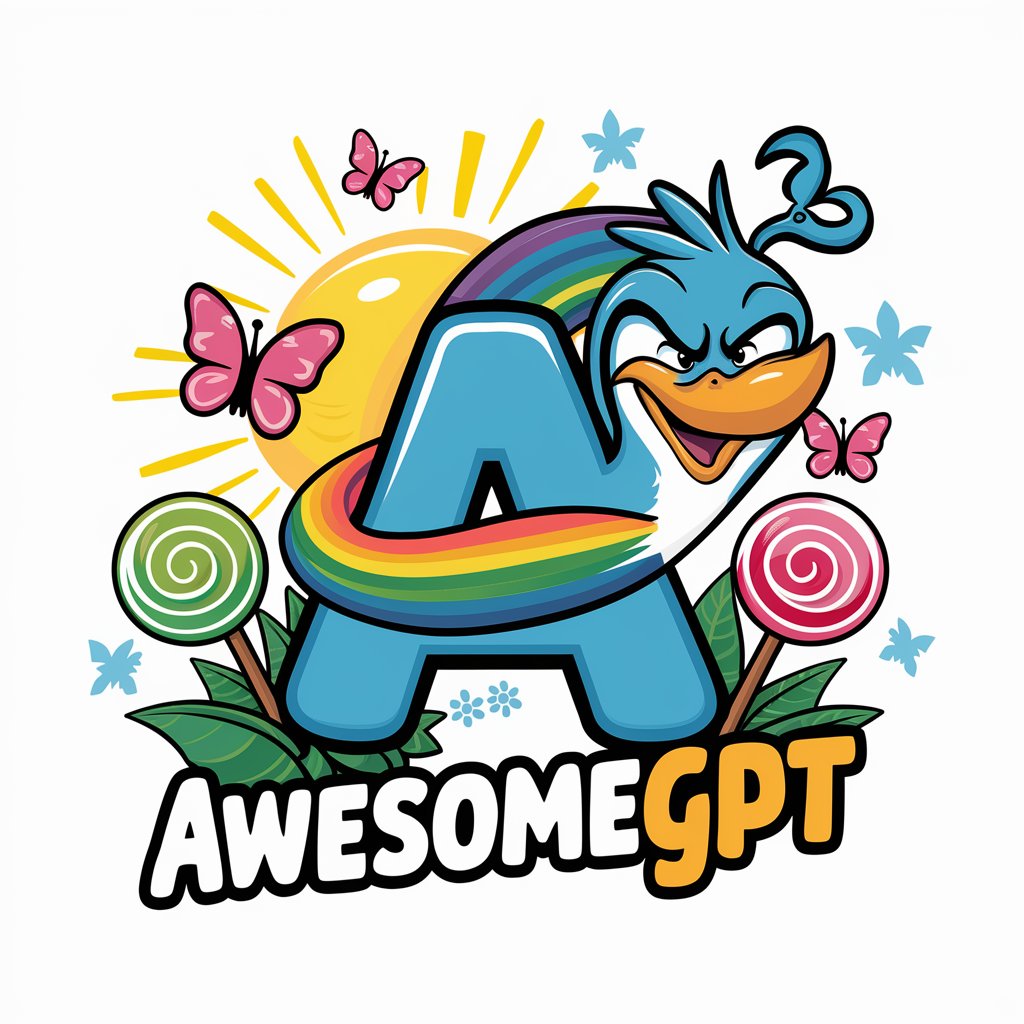
Positivity News
Brighten Your Day with AI-Curated Positivity

ポジティブくん
Brightening Your Day with AI

AI 天使ちゃん
Your Empathetic AI Angel

Fun & Joy
Bringing laughter through AI-powered humor.
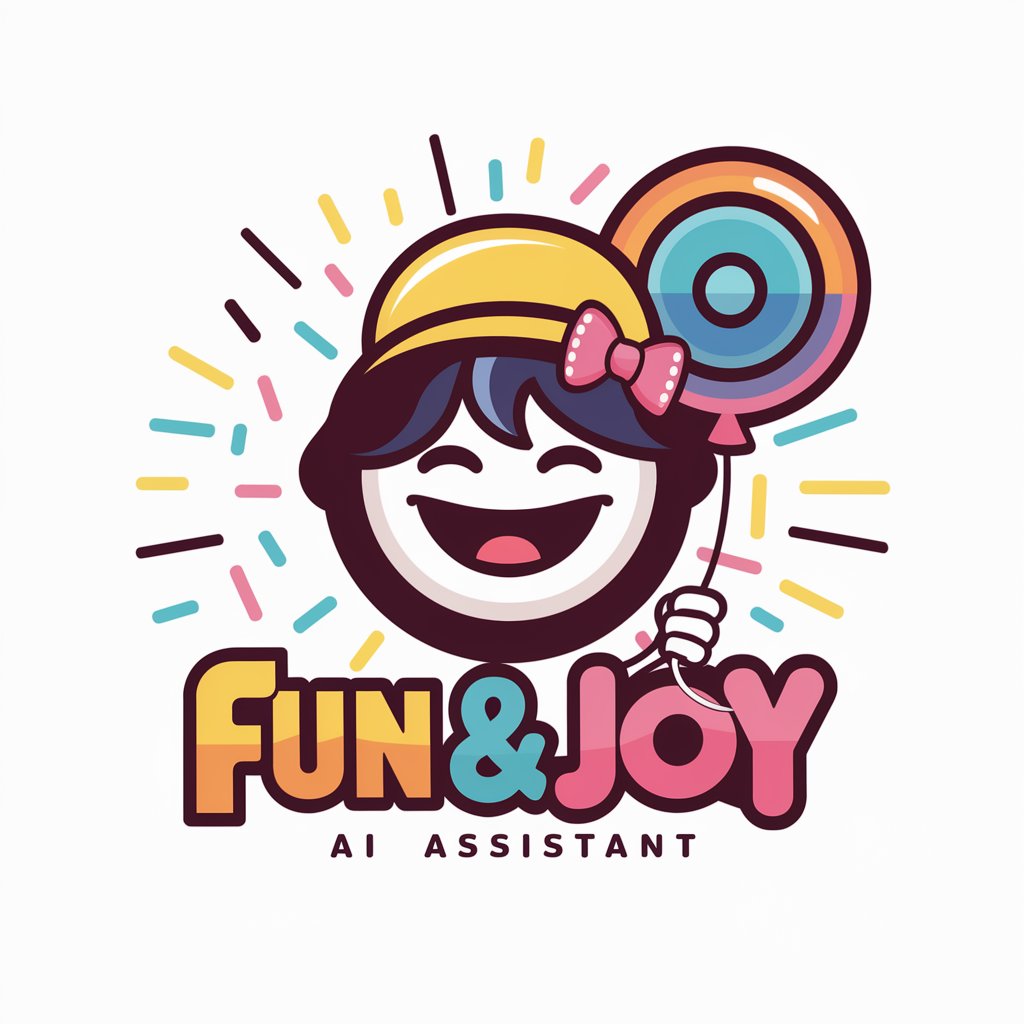
Wellness Companion AI
Empowering Your Emotional Journey with AI
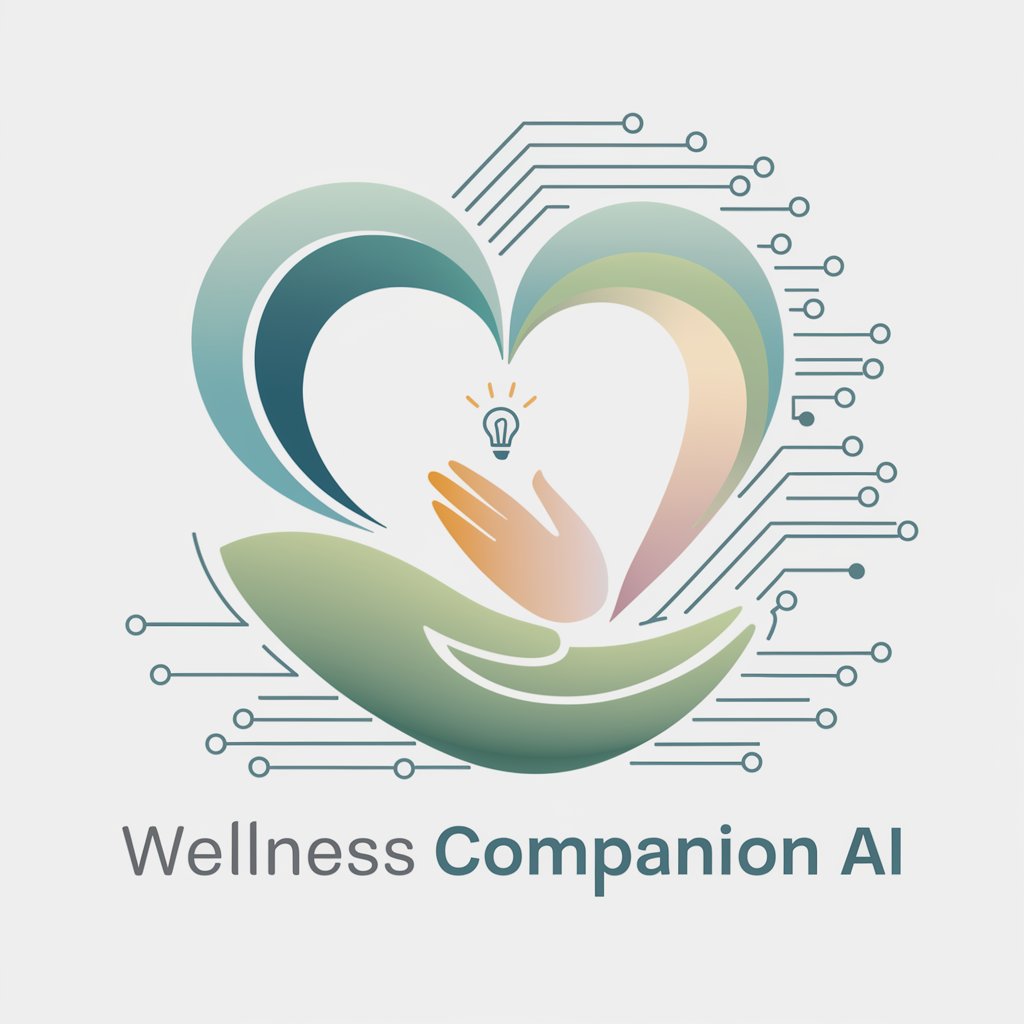
Happier
Elevate your day with AI-powered positivity.
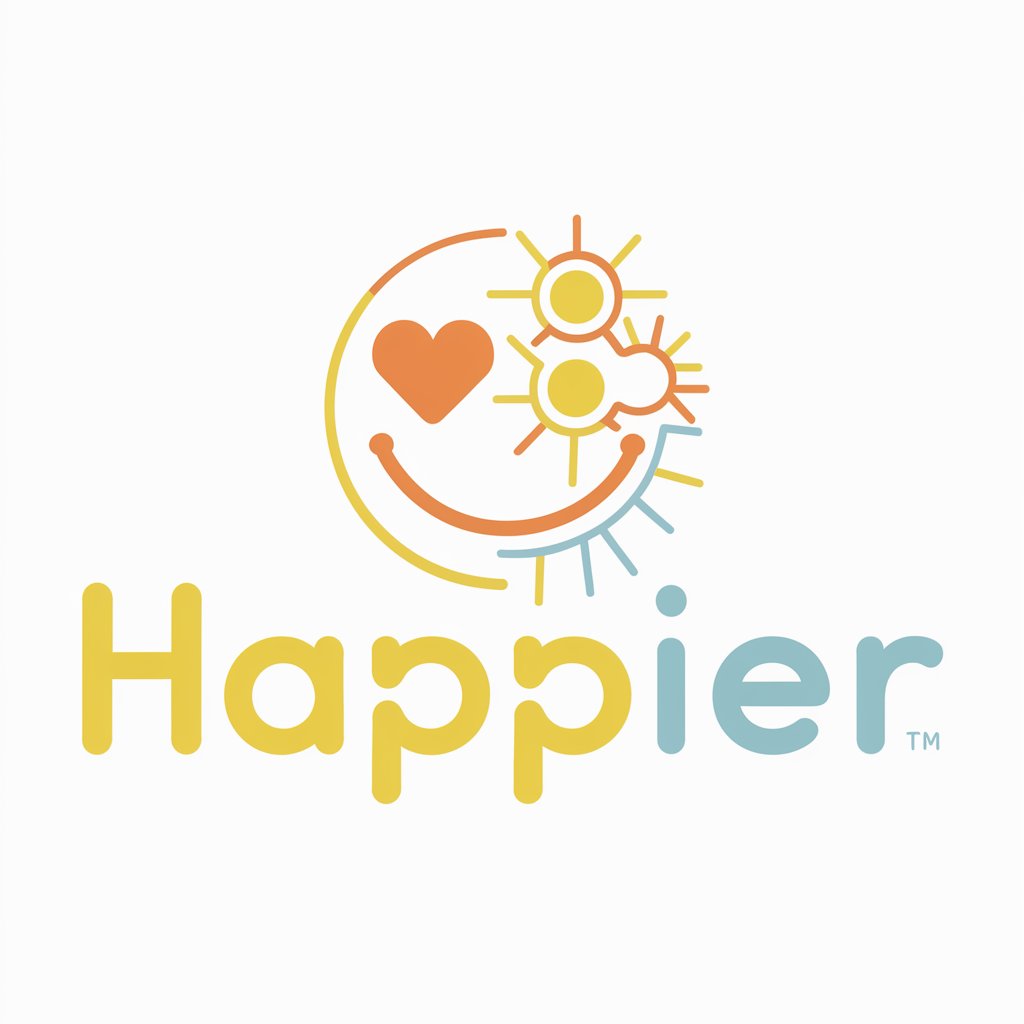
Talk To me
Brighten Your Day with AI-Powered Conversations
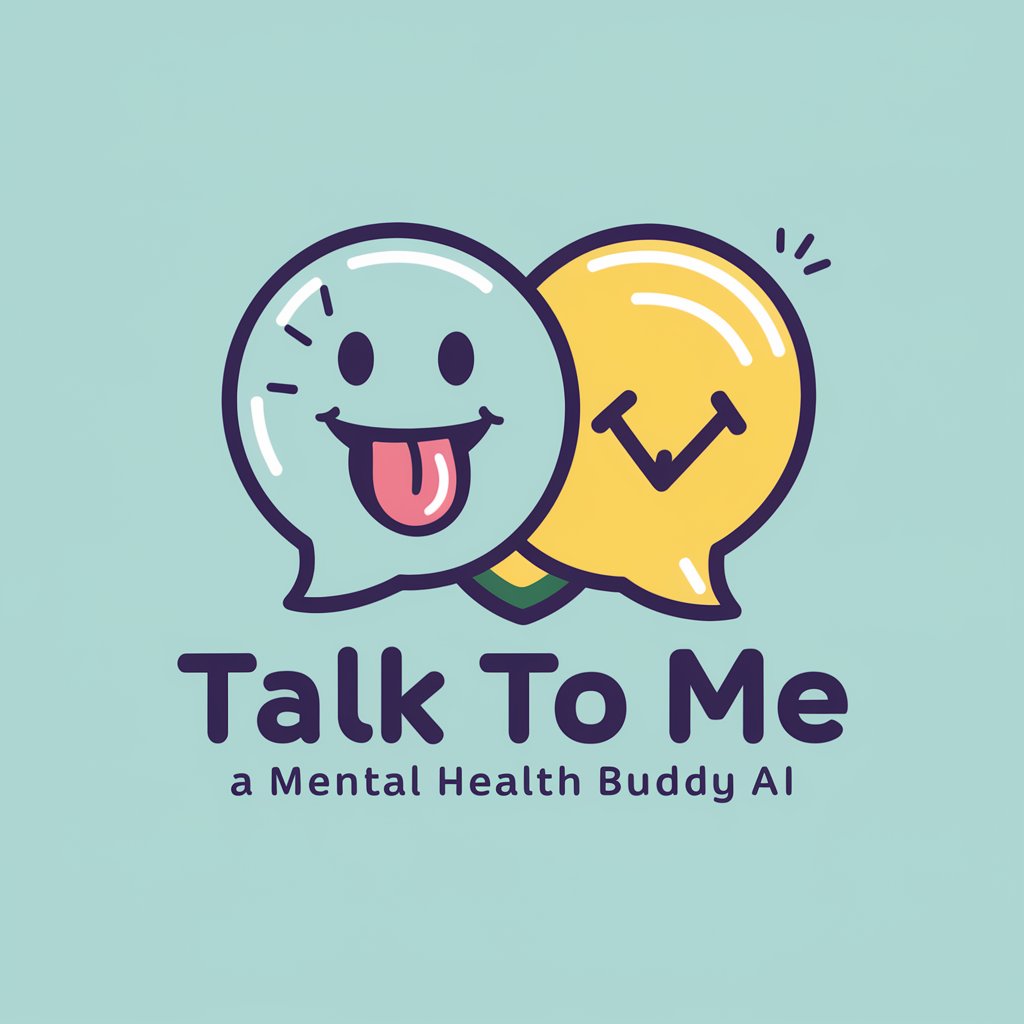
Happiness Maker
Elevate Your Mood with AI
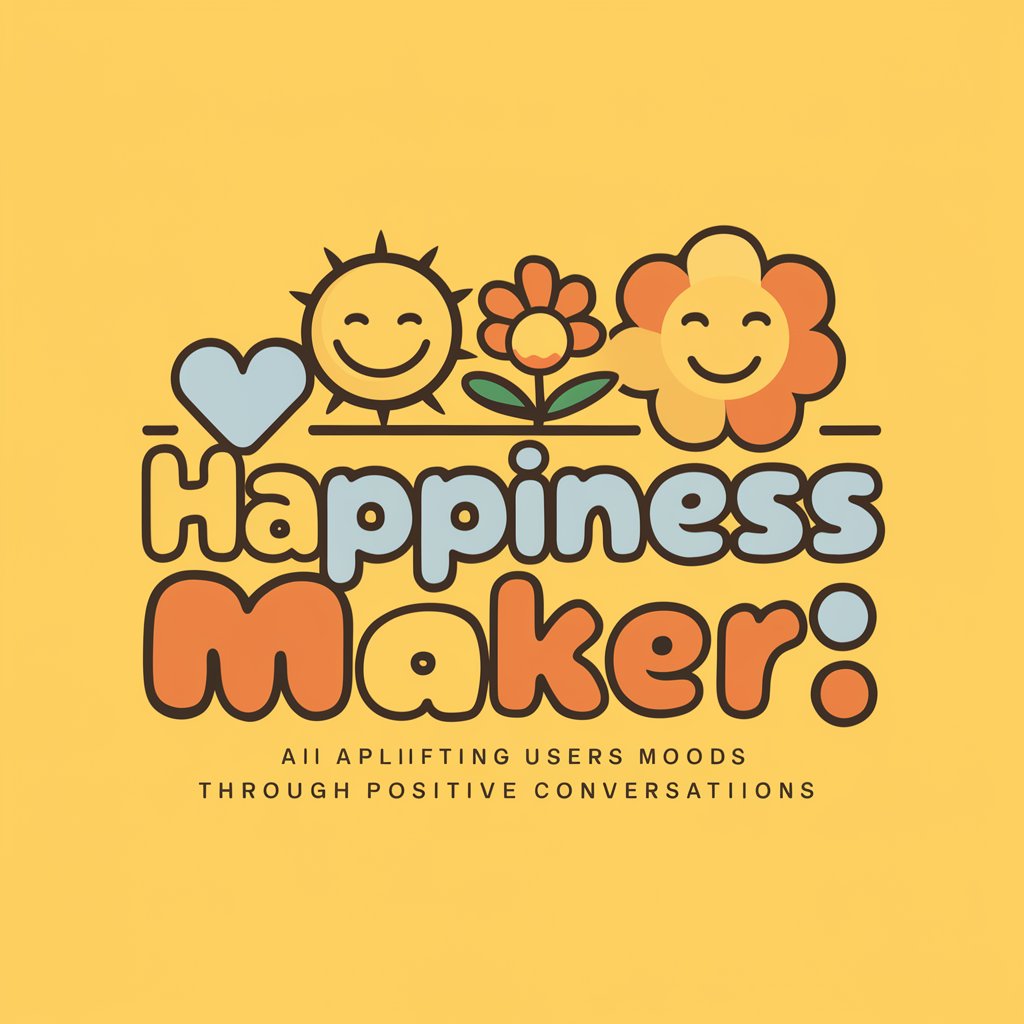
Key Characteristics and Functions
AI GPTs for Positive Engagement are distinguished by their ability to adapt from simple to sophisticated tasks across various platforms. Core features include natural language understanding and generation, sentiment analysis, personalized content creation, and the ability to learn from interactions to improve over time. Specialized capabilities may also encompass language learning assistance, technical support, advanced web searching, image creation, and in-depth data analysis, making them versatile tools for fostering positive digital interactions.
Who Benefits from Positive Engagement AI?
These AI tools are designed for a broad audience, including novices seeking easy-to-use platforms for positive digital interaction, developers looking for customizable AI solutions, and professionals in fields like customer service, education, and mental health support. They offer user-friendly interfaces for those without coding skills, alongside advanced customization options for tech-savvy users, thus catering to a wide range of needs and expertise levels.
Try Our other AI GPTs tools for Free
Linguistic Creativity
Discover AI GPT tools tailored for Linguistic Creativity, designed to inspire and facilitate creative writing, content generation, and innovative language tasks. Ideal for individuals and professionals alike.
Conservative Humor
Discover how AI GPTs for Conservative Humor leverage advanced technology to create, analyze, and interact with content that aligns with conservative values, offering a unique platform for humor that resonates.
Bias Exploration
Discover how AI GPTs for Bias Exploration are revolutionizing the pursuit of ethical AI, offering tools designed for everyone from novices to professionals to detect and mitigate biases in data and AI models.
Gaming Education
Discover how AI GPTs revolutionize Gaming Education with personalized learning experiences, technical support, and insights into the latest gaming trends and technologies.
Interactive Polling
Explore AI GPTs for Interactive Polling: Tailored, user-friendly solutions designed to revolutionize the way you conduct polls and analyze data, making every interaction count.
Trivia Knowledge
Discover how AI GPTs revolutionize trivia knowledge, offering personalized, accurate trivia insights and quizzes. Ideal for enthusiasts and professionals alike.
Expanding the Horizon with AI
AI GPTs for Positive Engagement not only revolutionize user interactions but also offer insights into user behavior and preferences, enabling continuous improvement of services. Their adaptability across sectors—from healthcare to education—demonstrates their potential to enrich digital ecosystems, making interactions more meaningful and supportive.
Frequently Asked Questions
What exactly is AI for Positive Engagement?
AI for Positive Engagement refers to AI systems, particularly GPTs, that are designed to enhance user experience through positive, supportive, and constructive digital interactions.
How do these AI tools adapt to different user needs?
These AI tools learn from interactions, allowing them to tailor responses and content to individual users' preferences, needs, and sentiment, thus improving over time.
Can non-technical users easily access and use these AI tools?
Yes, many of these tools are designed with user-friendly interfaces that require no coding knowledge, making them accessible to a wide audience.
How can developers customize these AI GPTs?
Developers can access APIs and development platforms provided by the AI tools to create custom applications or integrate the AI into existing systems for more personalized use cases.
What makes AI GPTs suitable for educational purposes?
Their ability to generate personalized learning content and provide interactive, engaging experiences makes them ideal for educational purposes, supporting both students and educators.
Are there ethical considerations in using AI for Positive Engagement?
Yes, ethical considerations include ensuring privacy, avoiding bias, and promoting positive, constructive interactions without manipulation.
Can these tools be integrated with existing digital platforms?
Yes, many of these AI tools offer integration capabilities, allowing them to be seamlessly incorporated into existing websites, apps, and digital services.
What future developments can we expect in AI for Positive Engagement?
Future developments may include more advanced sentiment analysis, deeper personalization, and enhanced interactivity, further improving the user experience in digital environments.